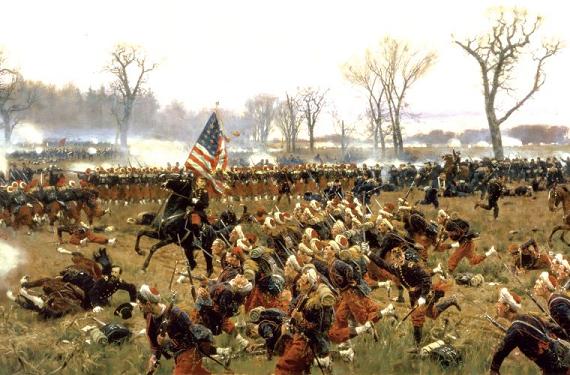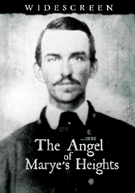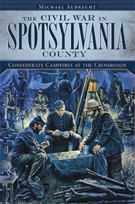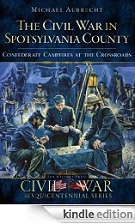
One of the more commonly overlooked challenges of Civil War battlefield interpretation is what I like to call “the seasonal dilemma.” This is the act of touring battlefields at a time of year that is vastly different than that of the actual engagement. The reality is that most folks travel to our nation’s hallowed grounds on their annual vacation or simply when they have the time. This means that they may be in Fredericksburg in the summer and Gettysburg in the fall. Perhaps they can only get to Antietam in the spring and Shiloh in the winter. None of these battles took place in those corresponding seasons. Although it is still entirely possible for them to have a rewarding visit, there is an obvious gap in the way that they will relate to the ground around them. Sometimes seasonal changes in the landscape, whether natural or manmade, literally transform the experience from one thing to another. Nowhere else (at least for me) is this more apparent than at the Slaughter Pen Farm on the Fredericksburg Battlefield (depicted above).
As a local resident, the SP Farm has been a regular part of my every day scenery for years. A few weeks ago, I did a prep-tour there for my new venture, All-Access Battlefield Tours. Our friend Clint Schemmer from The Free Lance-Star joined us in order to conduct an interview for an upcoming article. At the time (September), the corn fields that surrounded us were standing tall. This created an enormous wall of green vegetation that ran along the walking trail and shielded us from the public’s view. As we rolled along the backside of the corn field we were completely masked from anything visibly “modern.” I stopped for a moment and turned everyone completely around noting that the serenity of the view really gave us a sense of what it must have felt like before urban sprawl crept up on the farm’s boundaries. This isolation also obscured the NPS tabletop markers which ran along the trail.
Fast forward to last week (October) as colossal John Deere combines rolled over the corn fields and completely stripped them of all vegetation. As a result the SP Farm walking trail is fully visible from the main street and the sheer vastness of the site is quite apparent. Those NPS markers now seem to sit miles apart and the impressive acreage in which this significant part of the Battle of Fredericksburg took place can now be experienced in a visual manner that is much closer to the way it was in the winter of 1862. Unfortunately, those corn stalks provided a privacy that also enabled us to share that intimate moment of timelessness. For now the battlefield is “naked.” The corn will return next year as it always does.
As a tour guide I will be conducting trips to the Slaughter Pen Farm all year long so visitors will obviously experience the ground in both settings, with corn and without. This literal change in the landscape requires me to curtail my presentation to fit both settings, one that is enveloped by countless rows of feed corn and one in which travelers will see for miles across flattened fields. The story of what transpired there remains the same, but the use of visual references and descriptions will vary. Phrases like “picture if you will” and “if you were here in the winter of 1862” will likely become mainstays.
John Hennessy, Chief Historian/Chief of Interpretation at the Fredericksburg/Spotsylvania National Military Park was kind enough to share his own insights into this issue. He writes:
The problem is insurmountable. In December (Fredericksburg) and May (Chancellorsville, Wilderness and Spotsylvania) any crops present were either dead or just emerging, meaning that the crops themselves had little to do with the nature of the landscape. You can't sustain crops in a nascent state, and you can't maintain open fields without making them useful in some form--that is, plant a crop.
The limits of what we do entail being able to 1) match crops (because we cannot simply plant, for example, corn year after year without rotation), or 2) match the emergent nature of the crops. I think the highest goal we can achieve is simply to maintain the pattern of forest and field, putting the fields to productive use when we can.
There are some who object to, for example, the use of soybeans, because they historically were not present. But soybeans most closely match in the broad sense the sort of low growth that existed in May. I personally favor them for that reason. Certainly, head-high corn--no matter corn's presence on the fields of our battlefields--bears NO resemblance to what was there and, as you point out, works against the visitor in a big and tall way.
I am interested in how my readers who lead tours, both rangers and amateurs, deal with the immersion and explanation of battlefields according to the time of year they are there. Email your comments here and I will compile them for an upcoming post.
BONUS: Craig Swain over at To the Sound of the Guns has posted some excellent photos of the Slaughter Pen Farm in both seasonal settings. View Here
Updated: Tuesday, 11 October 2011 3:06 PM EDT
Permalink | Share This Post





